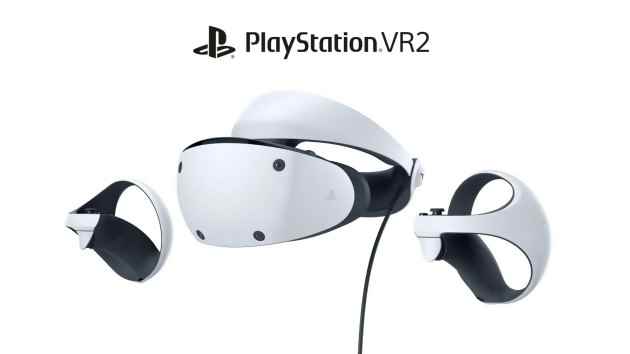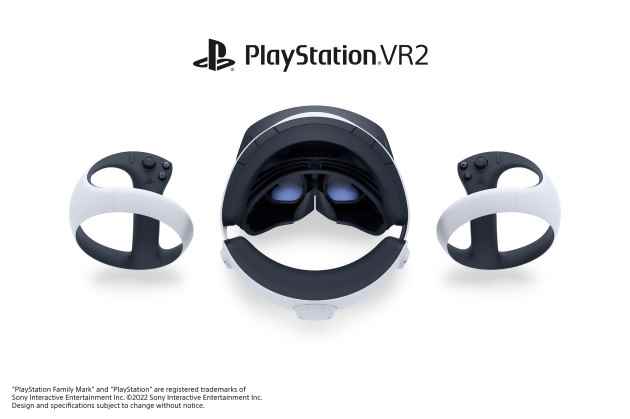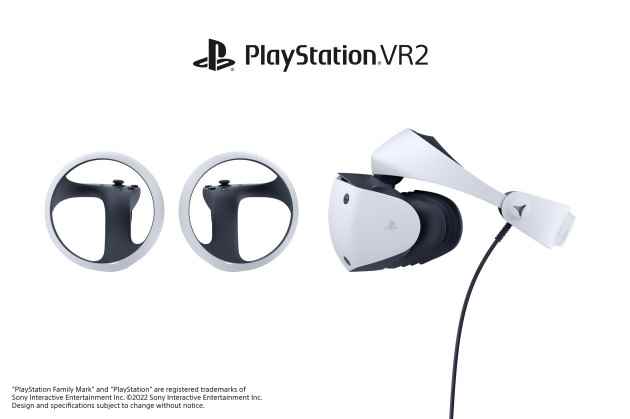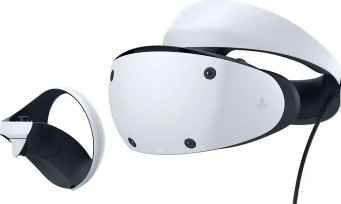Sony Interactive Entertainment took advantage of the calm of this Tuesday, February 22, 2022 to lift the veil on the design of its PlayStation VR 2, a little less than a year after having formalized its existence and unveiling the controllers in May 2021. First thing that the ‘we can see: the look of the PS VR 2 takes up the basics of its predecessor, with a helmet that sports more or less the same curves and above all the same type of arch to keep the helmet on the user’s head, without as much to weigh it down. The first PS VR being already a reference in terms of ergonomics and comfort, Sony Interactive Entertainment has bet on continuity, such as the adjustable screen visor allowing the screen to be approached or moved away from the face. It is the same for the location of the stereo headphone output which remains identical to the first model, which will allow you to find your marks very easily. Novelty requires however, we can count on a lens adjustment wheel, which will allow you to adjust the distance of the lenses between your eyes and thus optimize your vision. We also learn that the PS VR 2 has a thinner design and will therefore be lighter than its predecessor, while adding the engine that will allow you to have haptic sensations at the level of the head.

Better still, for this new model, Yujin Morisawa, senior artistic designer at SIE, explains the integration of a new ventilation system in order to offer good air circulation, in the same idea as the ventilation grilles of the PS5. Advantage of this wind tunnel system, the absence of fog on the lenses, which will avoid cleaning the lenses regularly, guaranteeing better immersion. It is also in the space between the top and the surface at the front of the visor-screen that the ventilation system has been integrated. Another important development with this new generation VR headset is the presence of a single cable which starts from the left side of the headset and which will be plugged into the front port of the PS5. We are still far from a wireless system already available from the competition, but Sony Interactive Entertainment has not managed to do without it for this second generation. Similarly, finished the PlayStation Camera to locate in space, the PS VR 2 is equipped with the“Eye Tracking” technology, a 4K HDR OLED screen that will offer a much more superior visual rendering than the first PS VR. We are indeed moving from a resolution of 2000×2040 per eye, against 960×1080 per eye in 2016.





